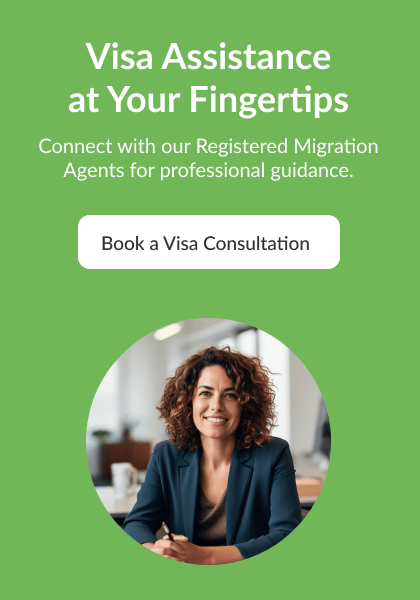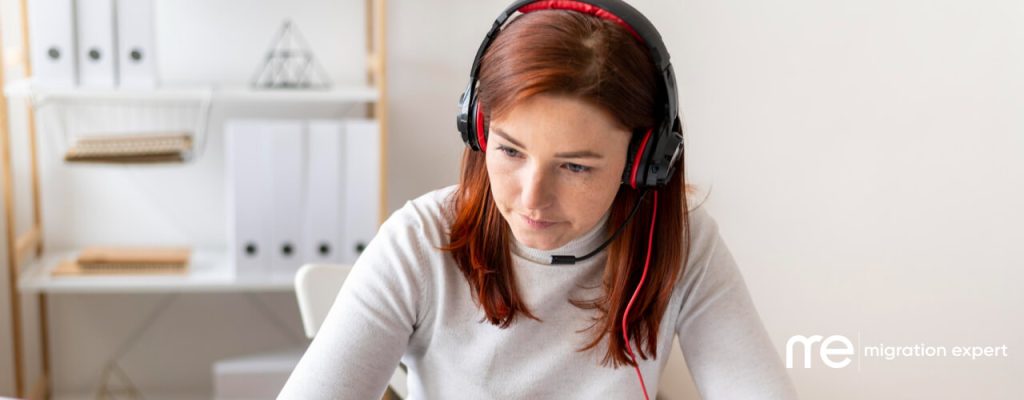Moving to Australia offers immigrants the chance to experience a high-quality education system that is well-regarded globally. Australia’s education system provides students with a diverse array of learning opportunities, from early childhood to higher education. Whether you’re relocating with school-aged children or planning to study at a university yourself, understanding the Australian education system will help you make informed decisions.
In this blog, we’ll explore the key features of education in Australia, including its structure, costs, schooling options, and essential visa requirements for international students.
Overview of the Australian Education System
Australia’s education system is divided into three main sectors:
- Primary Education – The first stage of formal schooling, covering Kindergarten to Year 6 or 7, depending on the state or territory.
- Secondary Education – Follows primary school and includes Years 7 or 8 to Year 12. Students complete the final year of secondary school with the Senior Secondary Certificate of Education (SSCE), which is necessary for entry into tertiary education.
- Tertiary Education – Higher education institutions like universities, vocational education, and training (VET) centres offer a range of degrees, diplomas, and certificates.
Australia is known for its strong educational standards, diverse curriculum, and a focus on critical thinking, creativity, and global engagement. The education system caters to local students, as well as international students from around the world.
Primary and Secondary Education in Australia
1. Primary Education
Primary schools in Australia provide children with a well-rounded foundation in basic literacy, numeracy, and social skills. The curriculum focuses on subjects like English, Maths, Science, Humanities, and Physical Education. The primary schooling structure generally runs from Kindergarten (also called Prep or Foundation in some states) through to Year 6or Year 7, depending on the state or territory.
- School Starting Age: The compulsory school starting age varies across the states but typically begins at around 5 or 6 years old.
- Duration: Primary education lasts about 6 to 7 years.
2. Secondary Education
Secondary education in Australia typically covers Years 7 to 12. It is split into junior secondary (Years 7 to 10) and senior secondary (Years 11 and 12). During these years, students are encouraged to develop critical thinking and specialise in subjects that align with their career interests or university aspirations.
The final two years of secondary education lead to the completion of the Senior Secondary Certificate of Education (SSCE), known by various names in different states, such as the Victorian Certificate of Education (VCE) or Higher School Certificate (HSC) in New South Wales. Achieving good results in Year 12 is key to gaining admission into higher education institutions.
3. Public vs Private Schools
- Public Schools: Most students in Australia attend public schools, which are government-funded and free for Australian citizens and permanent residents. International students may need to pay fees. Public schools follow the state curriculum and cater to students from diverse socio-economic backgrounds.
- Private Schools: Private or independent schools (including religious and non-religious institutions) offer alternative curricula and facilities but come with tuition fees. They often have smaller class sizes and a more specialised focus on certain academic or extracurricular areas.
Tertiary Education in Australia
Australia boasts a world-class tertiary education system, with numerous universities ranked among the best globally. Tertiary education encompasses both higher education (universities) and vocational education and training (VET).
1. Universities
Australia has 43 universities, offering undergraduate (bachelor’s degrees), postgraduate (master’s, doctoral degrees), and research opportunities across a broad spectrum of fields. Popular areas of study include business, engineering, medicine, law, and information technology.
International students flock to Australia due to its high academic standards and multicultural environment. Universities provide excellent resources for both local and international students, including student support services, accommodation options, and flexible study pathways.
Top Universities in Australia:
- University of Melbourne
- Australian National University (ANU)
- University of Sydney
- University of Queensland
- University of New South Wales (UNSW)
2. Vocational Education and Training (VET)
The VET system offers practical training and courses in a wide range of industries, including hospitality, trades, IT, business, and healthcare. VET qualifications include Certificates I-IV, Diplomas, and Advanced Diplomas, which can also lead to further studies at universities.
Costs of Education in Australia
1. Primary and Secondary Schooling Costs
For Australian citizens and permanent residents, public primary and secondary education is free or has very minimal fees. However, international students may be required to pay tuition fees, which can range from AUD 7,800 to AUD 30,000 per year, depending on the school and location.
In private schools, both local and international students must pay tuition fees. These can vary widely but typically range between AUD 10,000 to AUD 35,000 per year.
2. Tertiary Education Costs
For international students, the costs of higher education in Australia depend on the program and institution:
- Undergraduate Programs: Tuition fees for international students typically range from AUD 20,000 to AUD 45,000 per year.
- Postgraduate Programs: Fees for master’s and doctoral degrees can range from AUD 22,000 to AUD 50,000 per year.
Additionally, students may need to budget for living expenses, textbooks, and other university-related costs.
Student Visa Requirements for Studying in Australia
To study in Australia, international students must obtain a Student Visa (Subclass 500). This visa allows them to study full-time at an Australian educational institution and live in the country for the duration of their course.
Key Requirements:
- Confirmation of Enrolment (CoE): Students must first receive a letter of enrolment from an Australian school, university, or VET provider.
- English Proficiency: Depending on the course, students may need to demonstrate proficiency in English through tests like IELTS or TOEFL.
- Health Insurance: International students are required to have Overseas Student Health Cover (OSHC).
- Genuine Temporary Entrant (GTE): Applicants must prove that their intent to stay in Australia is genuinely for educational purposes.
Why Study in Australia?
1. Global Recognition
Australia’s education system is internationally recognised, with its universities and qualifications highly regarded by employers and institutions worldwide.
2. Diverse and Multicultural Environment
Australia is home to a rich cultural diversity, which enhances the student experience. Studying in Australia allows students to engage with people from around the world, enriching their academic and social life.
3. High Quality of Life
Australia ranks consistently high in global quality of life indices. Students can enjoy a balanced lifestyle, with access to beautiful natural landscapes, a safe environment, and a robust healthcare system.
4. Post-Graduation Opportunities
Australia offers pathways for students to remain in the country after graduation through the Temporary Graduate Visa (Subclass 485), which allows them to work and gain experience in their field of study.
Conclusion
For those considering moving to Australia or pursuing an education there, the country offers an excellent system that caters to students of all ages and backgrounds. From primary schooling to tertiary education, Australia is a global leader in providing high-quality learning opportunities. With diverse study options, world-class institutions, and a welcoming multicultural environment, Australia is a top destination for both local and international students.
Whether you're planning to enrol your children in school or pursue a university degree yourself, Australia's education system offers a wealth of opportunities and pathways to success.
Planning to move to Australia for education? Book a visa consultation with our experienced agents to guide you through the process and ensure a smooth transition.
Remember:
This post is for general informational purposes only and is not a substitute for professional immigration advice. Given the uniqueness of every case, engaging with a registered migration agent is highly recommended for bespoke guidance and to navigate the specific details of your situation effectively. Book a visa consultation with a Registered Migration Agent
Subscribe to our newsletter
Sign up to our weekly newsletter to get the latest news about all things visas & immigration.












